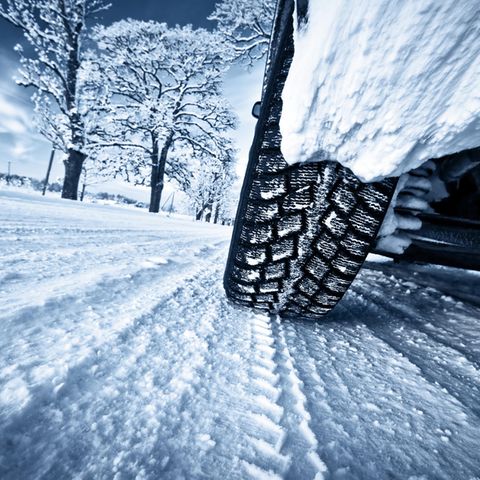Main inspection
High costs: Due to such little things, cars fall through the TÜV
Copy the current link
Add to the memorial list
Cleanliness and age only play a subordinate role in test companies such as TÜV when it comes to the badge. What you should pay attention to instead.
Last year, every fifth car rattled during the main inspection. Only 67.8 percent made it “without complaint” through the exam. It is actually not that difficult to get a new badge by car and avoid expensive freight exams.
Basically there are four defects in the TÜV (and other test companies, such as Dekra or GTÜ). The easiest way to do vehicles “without determined defects” – the badge is granted, there is nothing to do. So -called “low defects” do not necessarily lead to the failure of the exam. This can be scratches on the mirror or defective license plate lighting. In this case, the defect on the test report is noted and it is expected that it will be remedied immediately without checking. Low defects may be understood as goodwill regulation, unless you collect too many small defects.
From little deficiency to the risk of danger
The situation is different with “considerable defects”: if the tires have driven off, the brake rusted defective or load -bearing parts, you fail. You then get four weeks to eliminate the defects and drive to the HU follow-up examination. The vehicle may be moved within this period. If a proper repair is attempted at the reunification, the vehicle gets a badge again.
It is a little more drastic with “dangerous defects”. If the examiner determines defects that “represent a direct and immediate risk to traffic or impair the environment”, the badge is refused. Even more: If a so -called risk act in the investigation report is noted, the vehicle may only be driven home or to the workshop. The car can be presented again within one month. If everything is fine, you get a badge.
However, if the examiner determines “an immediate traffic hazard”, the vehicle can also be shut down on site. Then participation in road traffic is immediately excluded. This happens, for example, when braking or steering systems are defective or the rust’s chassis is interspersed.
Avoid defects, the TÜV badge received the first time you try
How to avoid a follow -up examination – and immediately come to the new badge – is no secret :. Some things can only be checked rudimentarily, others are very easy to check. For example, there would be:
- Does every lamp work on the vehicle, on the outside like inside?
- Are all glasses (headlights, slices) undamaged?
- Do the windshield wipers and the windshield washing system work?
- Does the car slow down as intended?
- Does the horn work?
- Is the engine compartment “dry”?
- How deep is the rest of the tire profile?
- Are there a warning triangle, warning vest and dressing boxes with a valid expiry date in the car?
- Show any control lights while driving?
- At tuning: all papers?
If all of this has been checked, nothing stands in the way of a successful main inspection. The easiest way is, of course, to have the badge granted in the course of an inspection. If the vehicle is at a workshop anyway, it is more likely that these defects will recognize and remove before the examiner arrives – then they don’t have to worry or search through checklists.
Missing sun visors and accessories
But there are also curiosities in the main inspection that you probably don’t have on the piece and which are not part of the checklists. For example, so-called dead-angle mirrors for sticking on the vehicle mirrors. An auditor will always ask you to remove them. Or, as the “” writes, a missing sun visor. With a convertible, according to specialist magazine, this can be a reason for a low deficiency.
Foils on the front slices, painted headlight covers or supposedly suitable LED lamps without explicit approval for the corresponding vehicle are also unpopular.
Source: Stern
I’m a recent graduate of the University of Missouri with a degree in journalism. I started working as a news reporter for 24 Hours World about two years ago, and I’ve been writing articles ever since. My main focus is automotive news, but I’ve also written about politics, lifestyle, and entertainment.






